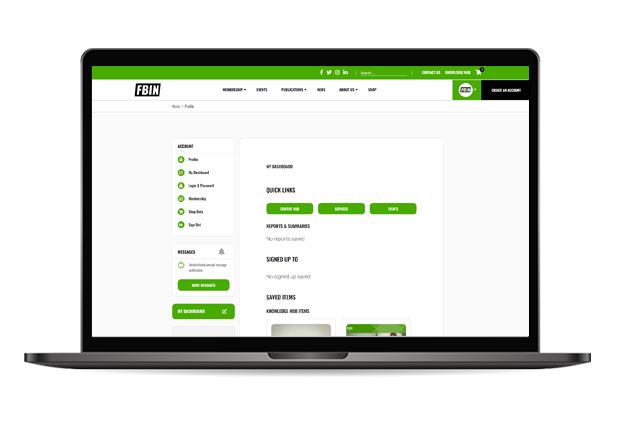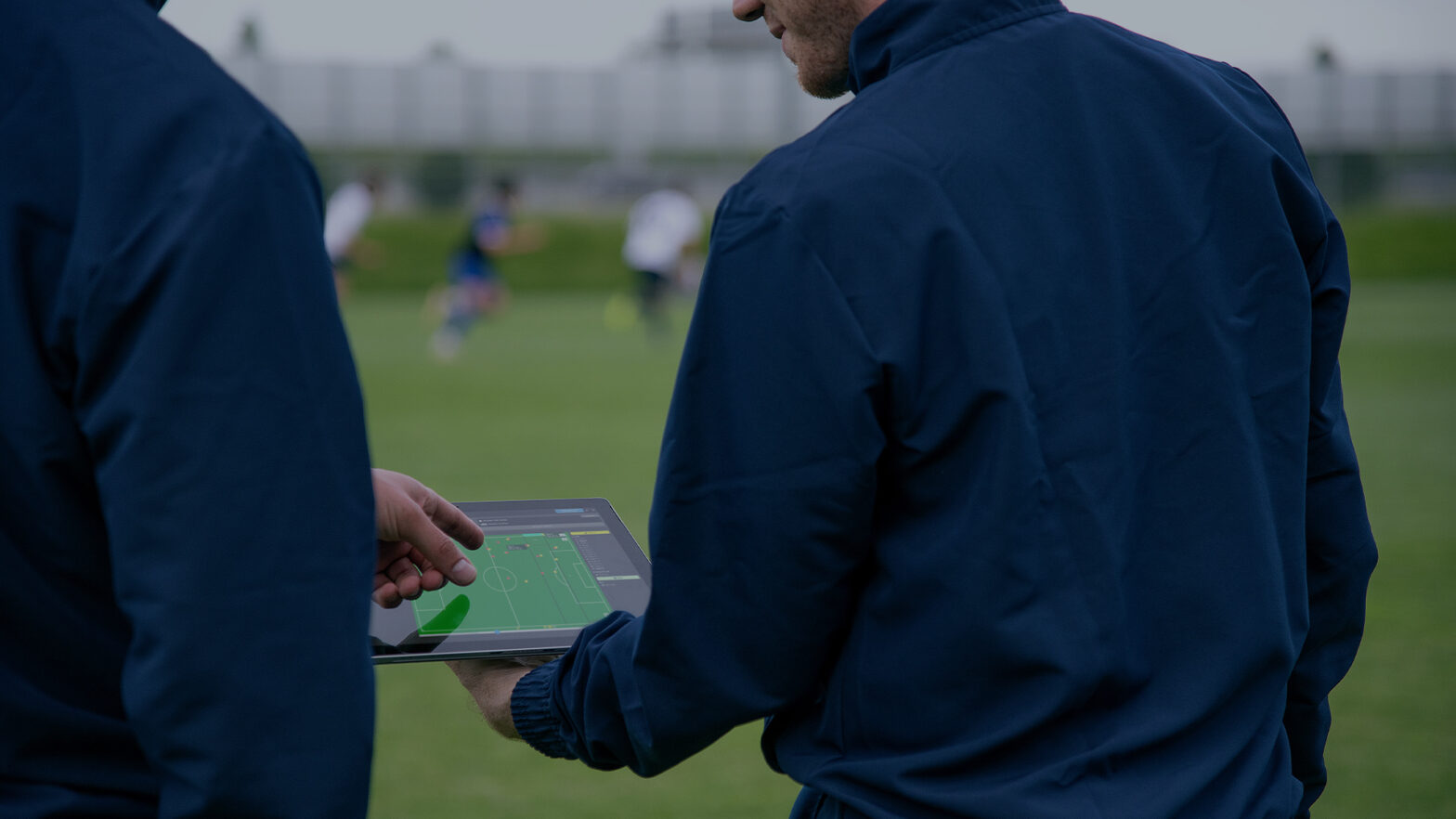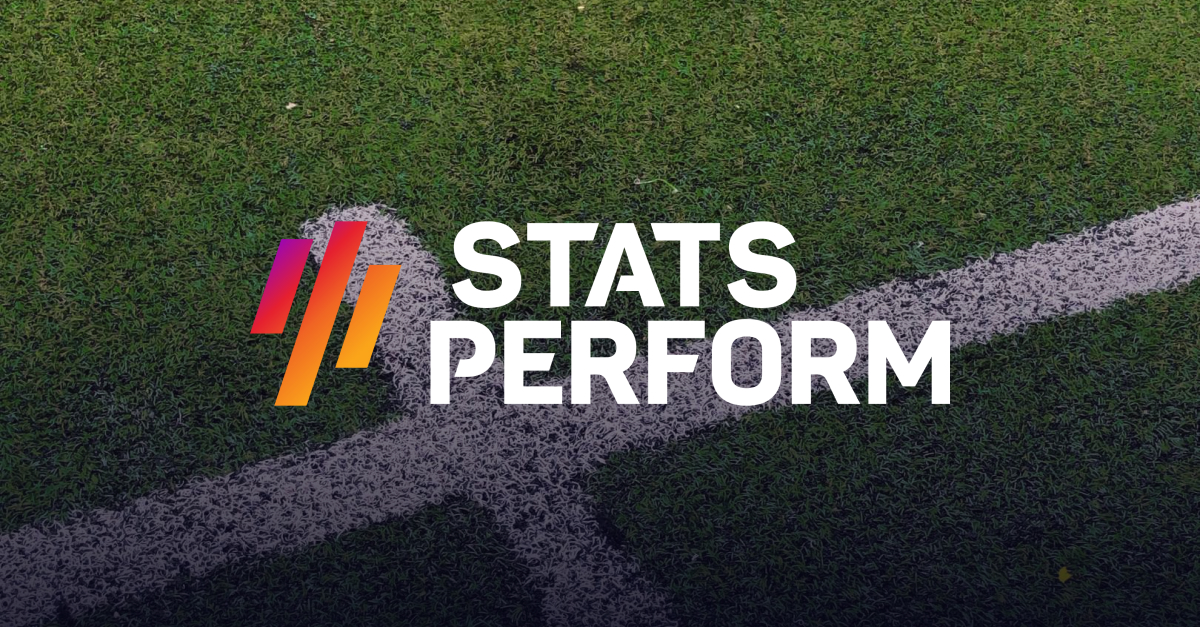FBIN teamed up with KINEXON for an insightful session about the 3 latest trends in football data analytics. Hosted by Simon McGeough (Head of Partnerships at FBIN), the webinar provided an in-depth look at the evolving landscape of the sport data analytics. Below is a summary of the key takeaways and questions addressed during the live webinar.
By Quang T. Quang
PART 1 – 3 ANALYTICS TRENDS IN 2024
What is connected ball technology and what does it measure?
Paul Nihaus introduced connected ball technology, which measures the “digital heartbeat” of a football. This innovative technology involves a sensor mounted inside the ball, beneath the leather, capturing real-time positional and inertial data at high frequencies.
It plays a crucial role in critical decision-making during football matches, such as offsides or handball detection, by providing objective data that can be synchronized with video footage to accurately determine the exact moment a ball is touched.
This enhances the accuracy of decisions made during games and aids video assistant referees in making more informed decisions.
- Key Features:
- Sensor inside the ball for real-time data.
- Measures positional and inertial data.
- High-frequency data capture (100 Hz positional, 500 Hz new data).
- Benefits:
- Enhances decision-making accuracy in football matches.
- Provides objective data for video assistant referees.
- Improves accuracy in determining ball contact moments.
Connected ball technology improves decision-making accuracy in live games and assists video assistant referees for more informed judgments
RTK-Based Player Tracking
Nihaus shared that Real-Time Kinematic (RTK) technology, a precise satellite navigation technique, is being used for the first time in sports to offer centimeter-level positional accuracy, significantly surpassing the capabilities of standard GPS systems.
RTK has already been beneficial in selected industries for tracking, surveillance, and autonomous systems, but its application in sports is a great advancement.
How does it work? Kinexon’s technology involves a reference station and differential correction to provide highly accurate data for player tracking. Nihaus also outlines the system’s functionality, which includes its capabilities for both online and offline data analysis, as well as its integration with cloud-based platforms for comprehensive data analysis.
- Key Features:
- Centimeter-level positional accuracy.
- Reference station and differential correction for enhanced accuracy.
- Online and offline data analysis capabilities.
- Benefits:
- Superior accuracy over traditional GPS systems.
- Precise player tracking and movement analysis.
- Integrated data analysis for comprehensive insights.
League Data X Insights – How can you close the gap between practice and real matches?
The official match data presents an endless feed, but coaching and analysis staff often struggle to find time to process and compare it with training data.
Niehaus showcased LEAGUE DATA X-SIGHTS, Kinexon’s latest software, which integrates match data hub information with external data sources. This tool merges GPS-based training data with official German Bundesliga match data, enabling analysis both in real-time and post-session. It offers coaches actionable insights during and after games.
This integration allows for a detailed comparison of training and match performances, significantly improving strategic planning and decision-making.
- Key Features:
- Integration of training and official match data.
- Live and post-session data analysis.
- Customizable data analysis and visualization.
- Benefits:
- Facilitates effective comparison between training and real matches.
- Provides a holistic view of player performance.
- Enhances strategic decision-making for coaches.
PART 2 – DEEP-DIVE Q&A
Are there any examples of how live data impacted coaching decisions during training?
Fabian Klotz: At Wolfsburg, live data facilitates in-depth communication between the head coach and other coaches, both on and off the pitch. It allows us to see if we need to adjust our training goals, like increasing high-speed running or total distance. For instance, if we notice we haven’t achieved enough in a session, we can extend it. This was particularly evident in our last game, where we focused more on exploration and added a second set of exercises to individualize training. Live data is crucial post-game too, helping us decide whether to reduce the intensity for a session. It enables us to make immediate decisions on the pitch, tailored to the specific demands of the game and transition exercises.
In your standpoint, which metrics are the most crucial in the game?
Paul Nihaus: I believe that while distance is informative for volume, it doesn’t fully capture the game’s essence. Focusing on high-intensity actions like sprint speed, acceleration, and deceleration is more effective. It’s important to consider the context of these actions, whether they’re offensive or defensive. High-intensity actions are crucial for strategies like keeping the opponent away from the goal. These metrics help us assess if we’ve achieved our tactical goals and influence our overall strategy.
Fabian Klotz: For load monitoring and management, I prefer simpler metrics over complex algorithms. There are many metrics available, but I focus on total distance for volume-based metrics and high-speed running, sprint distance, and actions in different speed zones for intensity. I look at the number of accelerations, decelerations, and sprints, keeping it simple to avoid the complexity of varied metrics.
How do athletes handle the transparency of sharing their individual performance data with each other during training games, and how does this affect their mentality, especially when they see variations in their strengths and weaknesses?
Fabian Klotz: We share athletes’ performance data, including comparisons with their peers, on a metric board after runs or matches. Athletes often check their live data during training to gauge their performance. This approach helps them understand their activity levels in games and training, fostering familiarity with key metrics used in both contexts. Weekly reports allow athletes to track their progress, especially useful for those needing extra training. For example, they can see if their sprint distances equal those who played longer, explaining the need for additional exercises.
This is also motivational in rehabilitation, as athletes see their effort reflected in the data. Sharing this information promotes motivation and understanding among athletes and coaches alike.
What are the biggest challenges when it comes to live analysis during games or matches?
Fabian Klotz: The main challenge is managing multiple roles during a game, especially with limited staff. For instance, as the only athletic coach for U19, I handle both sports science tasks and substitutions. This means I can’t always monitor live data continuously; I check it briefly during the game, at halftime, and more thoroughly post-match. This data is crucial for planning additional exercises, especially for substitutes. Ideally, having a dedicated sports scientist constantly monitoring the data would be beneficial, but that’s not always feasible in our current setup.
Paul Nihaus: Echoing Fabian’s experience, this is a common challenge among our clients. While technology aims to simplify this process, the reality is that when you’re focused on one task, others get less attention. In academies with only one sports scientist, it’s challenging to continuously monitor data while also attending to athletes. Staff assistance varies, and on match days, everyone has specific roles, making continuous data monitoring difficult. The goal is to find a balance in using technology effectively during these crucial times.
Among your various clients, have you noticed any distinct cultural differences in approach, such as Spanish teams focusing more on tactics while German teams emphasize the physicality?
Paul Nihaus: The observation isn’t solely based on the country but also on the club’s philosophy. Some clubs focus more on defensive strategies, pressing, and counter-attacks. In contrast, teams in Spain and Portugal often emphasize ball control, making offensive metrics more relevant to them. However, the difference really varies from club to club, as each has its unique philosophy and strategy. This influences their use of tracking technology and player development. For instance, the approach to advancing a player from the under-15 to the under-23 team can differ significantly between clubs, even within the same country.
Are younger players more interested in technology and data compared to senior players, and how does this affect your approach to training and player development?
Fabian Klotz: In managing U19, I’ve found that younger players are more engaged with technology and data, reflecting current digital trends. They’re motivated by data insights, actively analyzing information from wearable devices to enhance their performance. This interest is clear as they frequently approach me for load data post-training. When I have a tablet on hand, they’re eager to review their data immediately, even during breaks in training. This data-focused approach is crucial for setting and achieving their developmental goals.
What additional benefits would the ball technology data offer?
Paul Nihaus: Integrating ball data is crucial for analyzing specific match situations, like understanding ball position during offensive, defensive, and transition phases, and for set pieces. It enhances performance analysis and aids in coaching and player education. For instance, it can reveal how often younger players interact with the ball during training, guiding skill development strategies. In short, ball data can also be valuable in diagnostics and standardized tests, contributing to a holistic approach in player development.
Fabian Klotz: I agree with Paul, especially regarding younger players around 13 to 15 years old. It’s important to track technical aspects like ball touches, passes, and dribbles to understand their technical development.
To explore the complete discussions and discover more intriguing questions, check out our webinar recording.


 Upgrade to Premium Now
Upgrade to Premium Now






